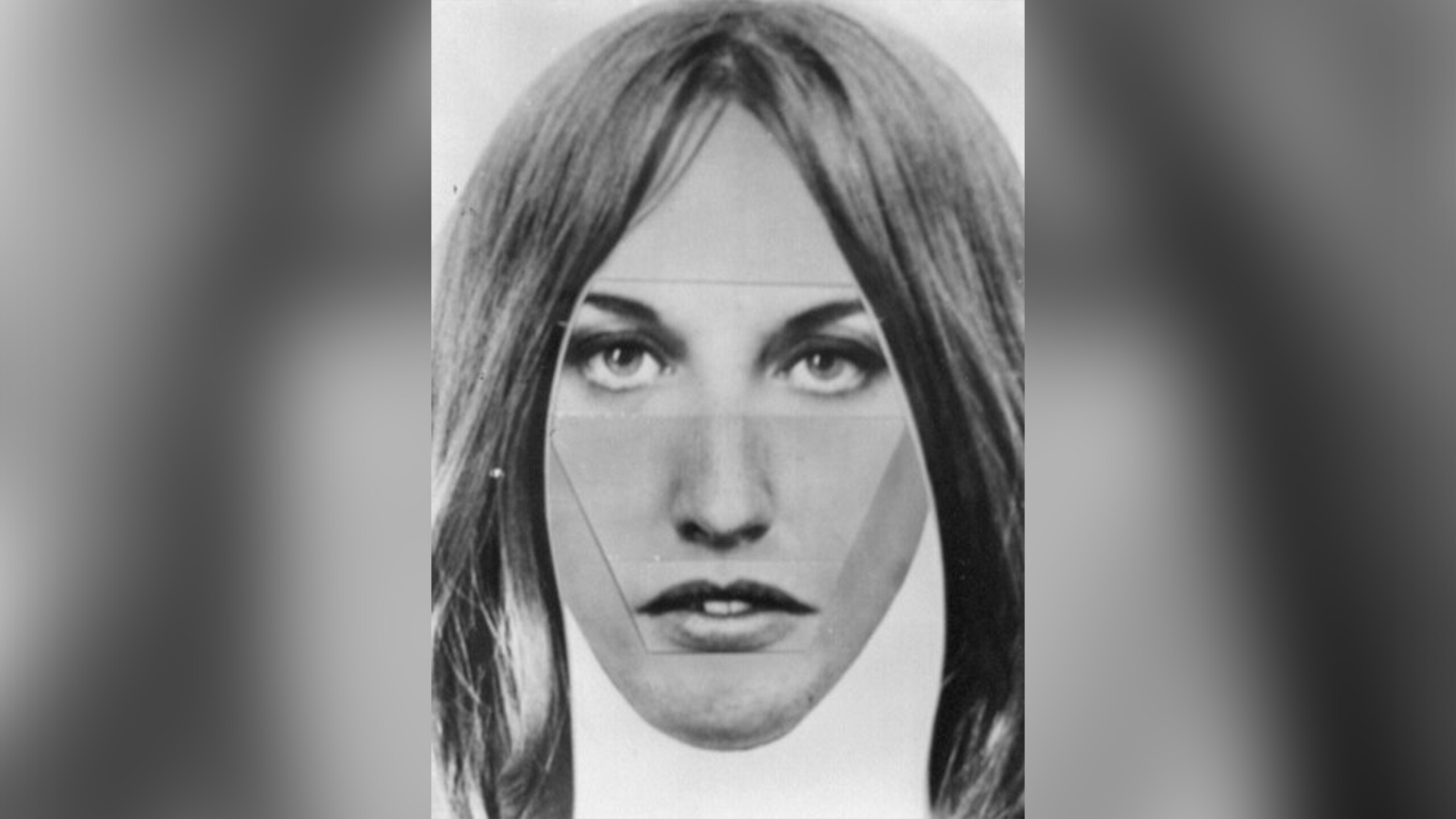Connecticut police exhume wrong body in cold case investigation
(CNN) — With hopes of identifying the female victim of a 1975 homicide, Connecticut authorities exhumed a body in a Hamden cemetery Wednesday, only to find the remains of someone else.
When East Haven police officers discovered the human remains inside the casket were those of a man, they knew it was not the murder victim who, for decades, detectives had worked to identify in the decadeslong cold case investigation.
In a phone interview with CNN, East Haven Police Captain Joseph Murgo said he was disappointed, but will continue to push for answers in the case.
Bound, gagged and wrapped in a tarp, the victim, referred to by police as Jane Doe, was found in a drainage ditch on August 16, 1975. Murgo said officials believe she died by asphyxiation.
Detectives used dental work in an attempt to identify her, but they were unsuccessful, he said. “They never really had any solid leads, and they never were able to identify her,” he said.
“They always thought that somebody or some family would be reaching out like, like immediately, and unfortunately, that never happened,” Murgo said.
According to Murgo, several generations of detectives investigated the case throughout the years but were never able to make any headway on her identity or find her killer.
For 19 years of his career, Murgo was drawn to the cold case but never had an opportunity to dive into it until he was promoted to captain.
“In 2020, I was lucky enough to be promoted to captain, which allowed myself and another newly promoted captain … it allowed us the flexibility to go ahead and focus on this case,” he told CNN.
With advances in technology, DNA testing and the focus on genealogy, Murgo believed police may have a fresh chance in identifying their Jane Doe. But first, they needed to find her.
According to Murgo, the victim is buried in State Street Cemetery, an abandoned cemetery which is not managed by any type of association. Murgo said the previous association’s record keeping was inaccurate and, in some cases, nonexistent with grave sites and names handwritten on a map, making it difficult to locate people buried in the cemetery.
“There is a large amount of unmarked graves. If you looked at it, there’s some areas that look like it’s just overgrown, abandoned property. There are bodies and caskets that are buried underneath the ground,” Murgo said.
Police did not have any evidence with viable DNA, Murgo said, so they decided to exhume her body.
With the help from a person familiar with the cemetery and a handwritten map to guide them, police believed they had their location, but soon discovered they were wrong when they exhumed a male instead of a female.
“We knew we were up against many challenges, including really, really bad record keeping, and we knew that there would be more bodies and bodies basically put in the ground without any organization or rhyme or reason,” he said.
Authorities plan to return to the cemetery with ground-penetrating sonar equipment to try to locate a metal casket in a sea of wooden ones, Murgo said.
“We think we are in the right area,” he added. “We think we’re only about six to 12 feet off from our original spot.”
“We want to bring some sense of closure to her family,” Murgo said. “We believe somebody out there, even though it’s 47 years later, we believe somebody out there is still wondering what happened to their daughter, to their sister, to their cousin.”
Murgo added even if she does not have a family, he wants to give her a name and a headstone.
